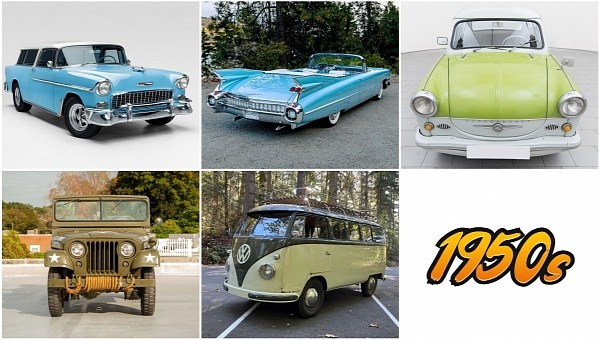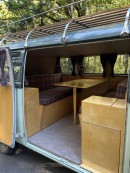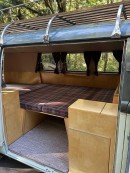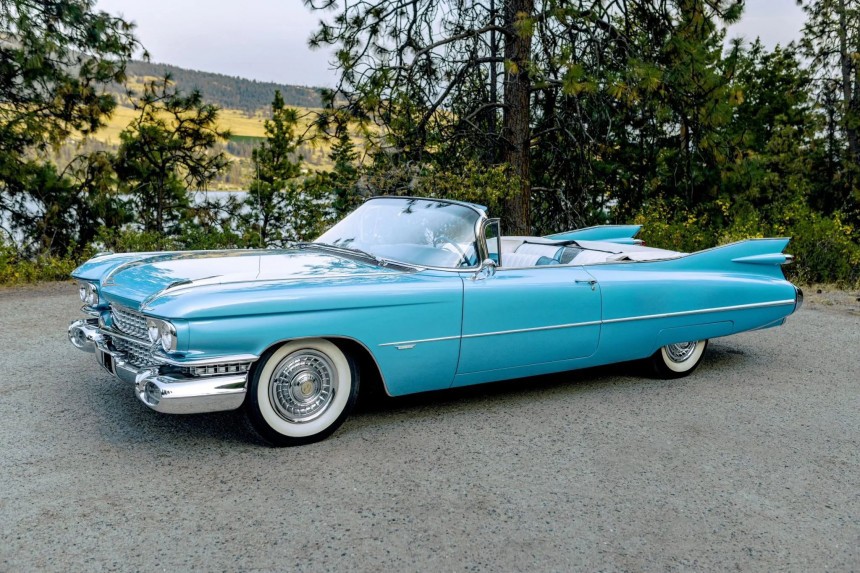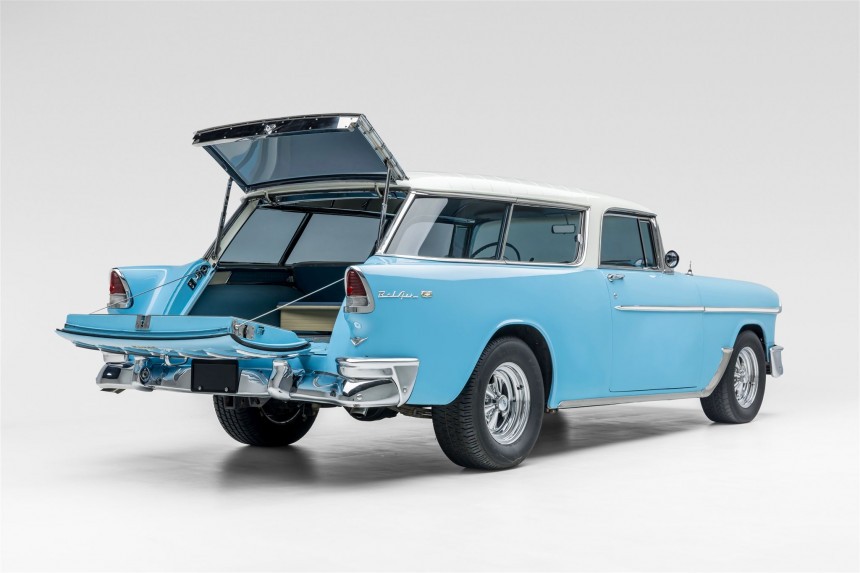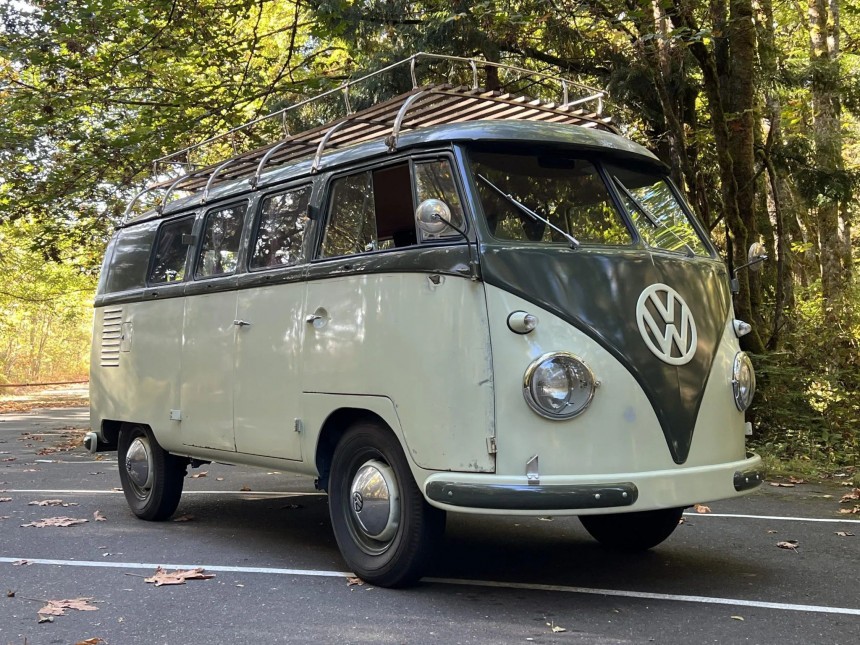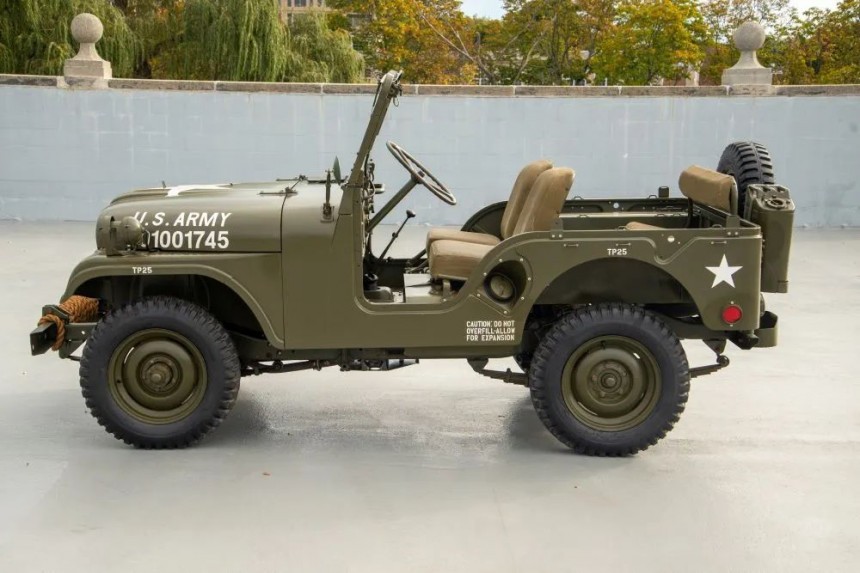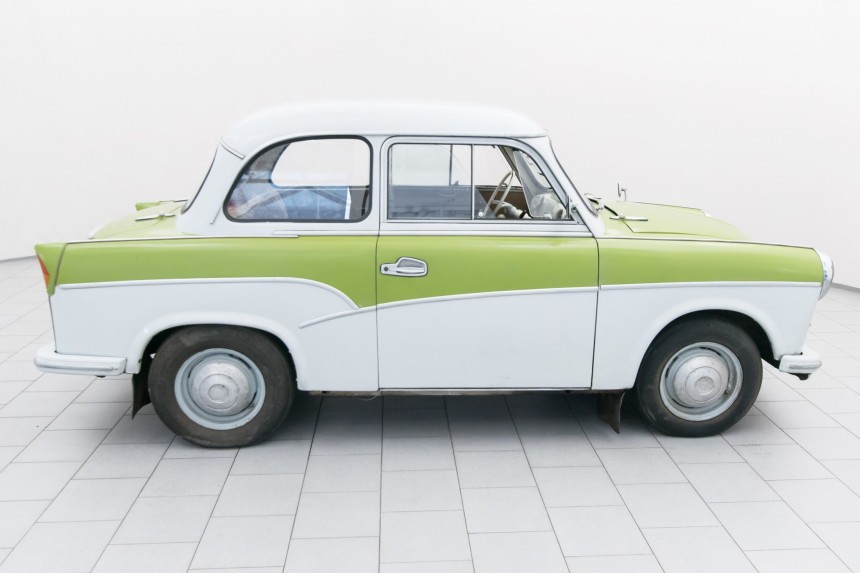The western world experienced a period of big changes in all areas of life in the 1950s. Often referred to as the Golden Age of America, this decade is defined by tremendous economic growth and contradictions alike.
Rock and roll dominated the airwaves, suburban housing was relatively affordable, and women realized that being a housewife isn’t all there is to being a woman. The 50s also saw untold misery in certain parts of the world, mostly those under the Soviet Union’s wretched yoke.
Winston Churchill’s “Iron Curtain” speech perfectly encapsulated the ideological clash and sociopolitical friction between capitalism and command-based economies. The Korean War, the Cuban Revolution, and the beginning of the Vietnam War also need to be mentioned, together with the onset of the Space Race.
How can we summarize the 1950s in five cars? It’s a hard assignment, but not impossible. That being said, let’s kick off with a near-19-foot luxobarge that epitomizes the post-WWII boom in the United States of America.
An opulent machine from a time when Cadillac actually meant something, the Series 62 embodies the started-from-the-bottom-now-we’re-here mindset. General Motors wouldn’t have designed the Series 62 had the postwar economy of the U.S. taken a turn for the worse.
The economic boom that made the Cadillac-branded land yacht a reality led to secondary booms. In addition to rising automobile sales, the 1950s are characterized by a huge upswing in consumer goods for the western world, predominantly the U.S. of A. and neighboring Canada.
Another boom that’s easy to associate with Cadillac is rock and roll. Cadillacs were also popular with artists of color as well, not only the likes of Elvis Presley and Connie Francis. If you haven’t seen the 2008 biographical drama film Cadillac Records, you should free up two hours for it because it’ll be time well spent.
Wagons, not sport utility vehicles, dominated the suburbs in the 1950s. It was the go-to vehicle for every family man and woman from that epoch, and wagons were a popular choice with traveling salespersons too.
The Bel Air-based Chevrolet Nomad is one of the wagons that enabled many people to move from the countryside and urban jungle to the suburbs with their families. It didn’t sell particularly well because the Nomad was a highly-spec’d wagon priced at $2,571 for the 1955 model year ($28,700 adjusted for inflation).
The Servicemen's Readjustment Act of 1944, better known as the G.I. Bill, made suburbs popular with servicemen. Zero down payment and low interest for new housing encouraged millions over millions to embrace the suburban life. Moving to the suburbs also had a notable effect on new and used automobile sales.
Life was good for many peeps in the U.S. of A., but we also have to remember that discrimination and racial segregation were in full swing as well. “Separate but Equal” facilities were deemed unconstitutional in 1954, the first victory of the 1954 through 1968 civil rights movement.
The Volkswagen Bus – a.k.a. Type 2 – isn’t only a hippie thing. The rear-engined light commercial vehicle became a symbol of protest, a counterculture icon. Civil rights activist Esau Jenkins comes to mind. He used a nine-passenger Type 2 to transport African-Americans from the remote countryside where jobs and education weren’t easily accessible to places where opportunity awaited.
Esau Jenkins and his wife Janie would also teach fellow African-Americans to read and write on their bus, so they could vote to their hearts' content. The Jenkins wrote “Love is Progress, Hate is Expensive” on their bus, words that reach out to many people to this very day.
The First Red Scare had a profound effect on President Harry S. Truman, the gentleman after which the Truman Doctrine is named. The tl;dr version of said policy is American support for democracies against authoritarian regimes, with an emphasis on communist uprisings.
Truman’s policy was also influenced by containment, a policy articulated by a U.S. diplomat in 1946 when Truman was running the show. The Korean War is arguably the most telling example of containment at its peak, an exercise in containment that went badly wrong for both the communist North and the capitalist South.
The military version of the Jeep CJ-3A served in the Korean War like a champ alongside Willy's MBs and Ford GPWs from World War II. More than 45,000 examples were produced through 1952, and every single one has a good story to tell. The Willys M38 also embodies postwar interventionism, a practice of interference that often made things worse for a great number of people, not just North and South Koreans.
Nikita Khrushchev was made uncomfortable by a few events and people during his September 1959 state visit to the United States. On every single occasion, it boiled down to “the United States is better than the USSR.”
In addition to rudeness and pious claptrap, Khrushchev was made uncomfortable by his own realization that life behind the Iron Curtain wasn’t as good as that in the west. Take automobiles, for instance. The Trabant is a joke of a car by western standards, but it did motorize a great number of people living behind the Iron Curtain.
As if the two-stroke engine and duroplast body panels weren’t bad enough, the Trabant couldn’t be purchased off a dealer lot as Americans did with their cars in the 1950s. You had to pony up the cash and wait for years for the command-based economy to churn out your car, with many peeps waiting for more than 10 to take delivery.
Winston Churchill’s “Iron Curtain” speech perfectly encapsulated the ideological clash and sociopolitical friction between capitalism and command-based economies. The Korean War, the Cuban Revolution, and the beginning of the Vietnam War also need to be mentioned, together with the onset of the Space Race.
How can we summarize the 1950s in five cars? It’s a hard assignment, but not impossible. That being said, let’s kick off with a near-19-foot luxobarge that epitomizes the post-WWII boom in the United States of America.
Cadillac Series 62 – The Postwar Boom(s)
The economic boom that made the Cadillac-branded land yacht a reality led to secondary booms. In addition to rising automobile sales, the 1950s are characterized by a huge upswing in consumer goods for the western world, predominantly the U.S. of A. and neighboring Canada.
Another boom that’s easy to associate with Cadillac is rock and roll. Cadillacs were also popular with artists of color as well, not only the likes of Elvis Presley and Connie Francis. If you haven’t seen the 2008 biographical drama film Cadillac Records, you should free up two hours for it because it’ll be time well spent.
Chevrolet Nomad – Moving to the Suburbs
The Bel Air-based Chevrolet Nomad is one of the wagons that enabled many people to move from the countryside and urban jungle to the suburbs with their families. It didn’t sell particularly well because the Nomad was a highly-spec’d wagon priced at $2,571 for the 1955 model year ($28,700 adjusted for inflation).
The Servicemen's Readjustment Act of 1944, better known as the G.I. Bill, made suburbs popular with servicemen. Zero down payment and low interest for new housing encouraged millions over millions to embrace the suburban life. Moving to the suburbs also had a notable effect on new and used automobile sales.
Volkswagen Type 2 - Civil Rights Movement
The Volkswagen Bus – a.k.a. Type 2 – isn’t only a hippie thing. The rear-engined light commercial vehicle became a symbol of protest, a counterculture icon. Civil rights activist Esau Jenkins comes to mind. He used a nine-passenger Type 2 to transport African-Americans from the remote countryside where jobs and education weren’t easily accessible to places where opportunity awaited.
Esau Jenkins and his wife Janie would also teach fellow African-Americans to read and write on their bus, so they could vote to their hearts' content. The Jenkins wrote “Love is Progress, Hate is Expensive” on their bus, words that reach out to many people to this very day.
Willys M38 – Containment on Overdrive
Truman’s policy was also influenced by containment, a policy articulated by a U.S. diplomat in 1946 when Truman was running the show. The Korean War is arguably the most telling example of containment at its peak, an exercise in containment that went badly wrong for both the communist North and the capitalist South.
The military version of the Jeep CJ-3A served in the Korean War like a champ alongside Willy's MBs and Ford GPWs from World War II. More than 45,000 examples were produced through 1952, and every single one has a good story to tell. The Willys M38 also embodies postwar interventionism, a practice of interference that often made things worse for a great number of people, not just North and South Koreans.
Trabant – Life Behind the Iron Curtain
In addition to rudeness and pious claptrap, Khrushchev was made uncomfortable by his own realization that life behind the Iron Curtain wasn’t as good as that in the west. Take automobiles, for instance. The Trabant is a joke of a car by western standards, but it did motorize a great number of people living behind the Iron Curtain.
As if the two-stroke engine and duroplast body panels weren’t bad enough, the Trabant couldn’t be purchased off a dealer lot as Americans did with their cars in the 1950s. You had to pony up the cash and wait for years for the command-based economy to churn out your car, with many peeps waiting for more than 10 to take delivery.
